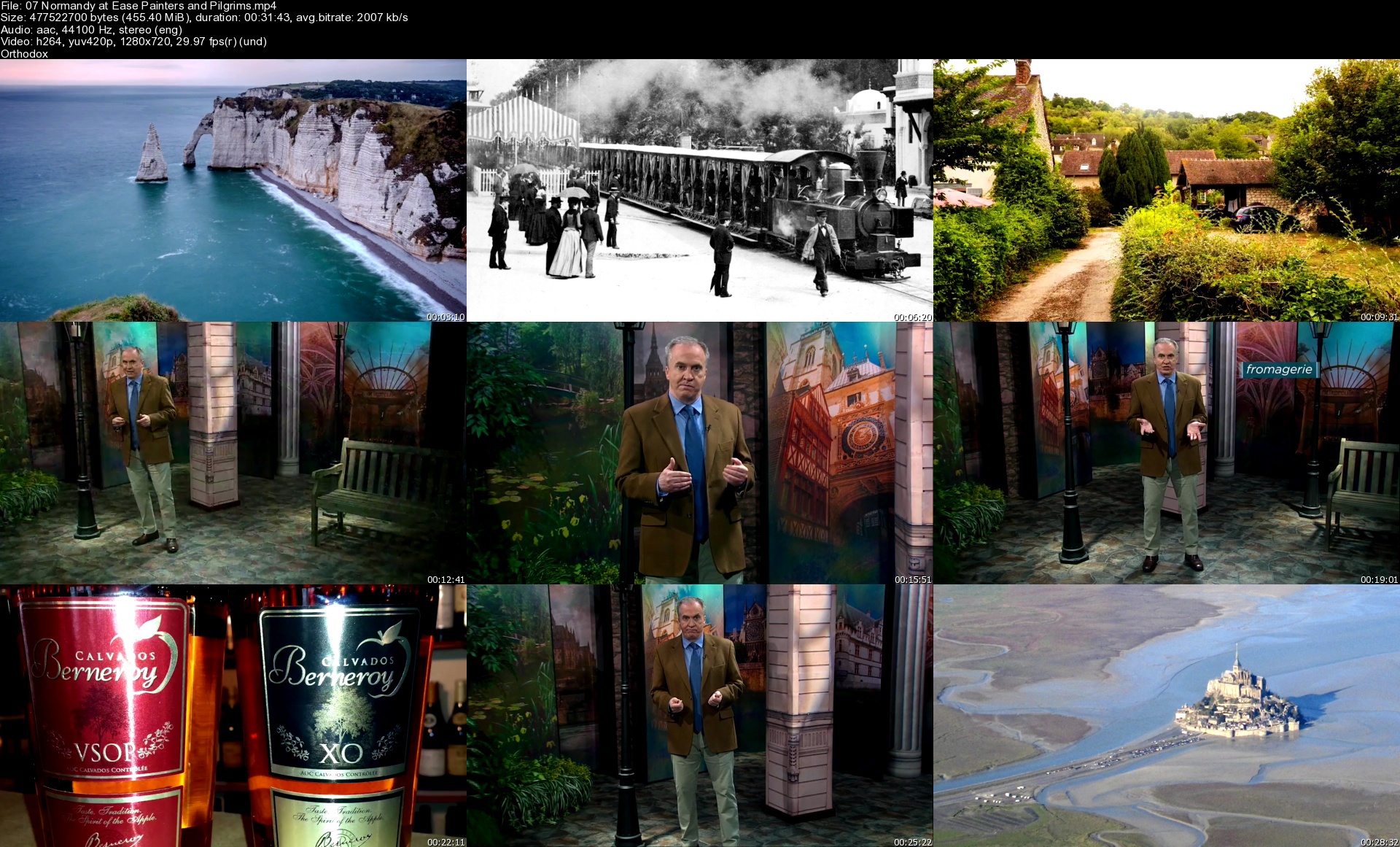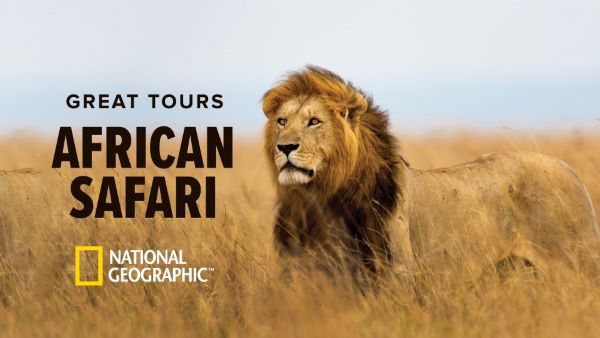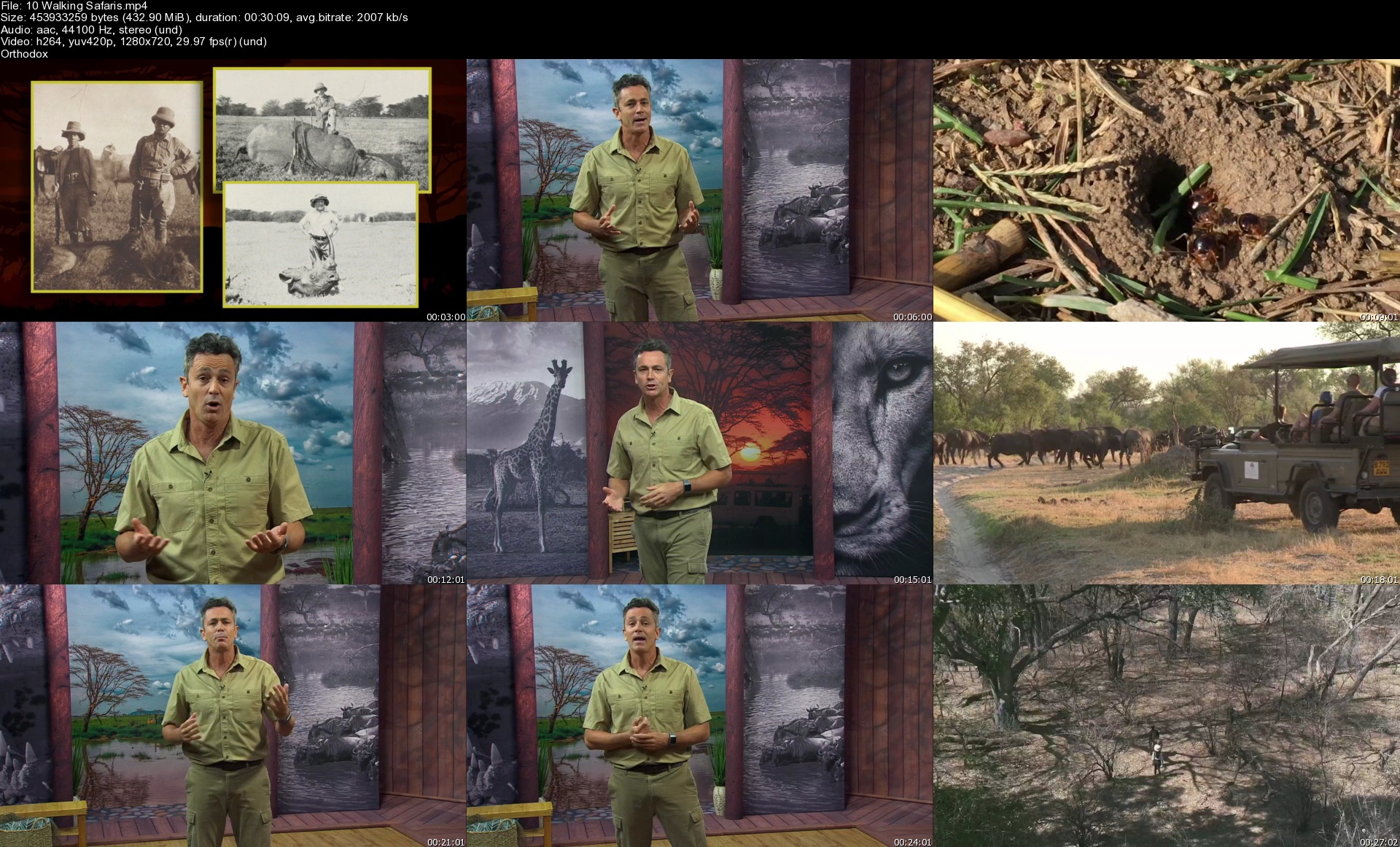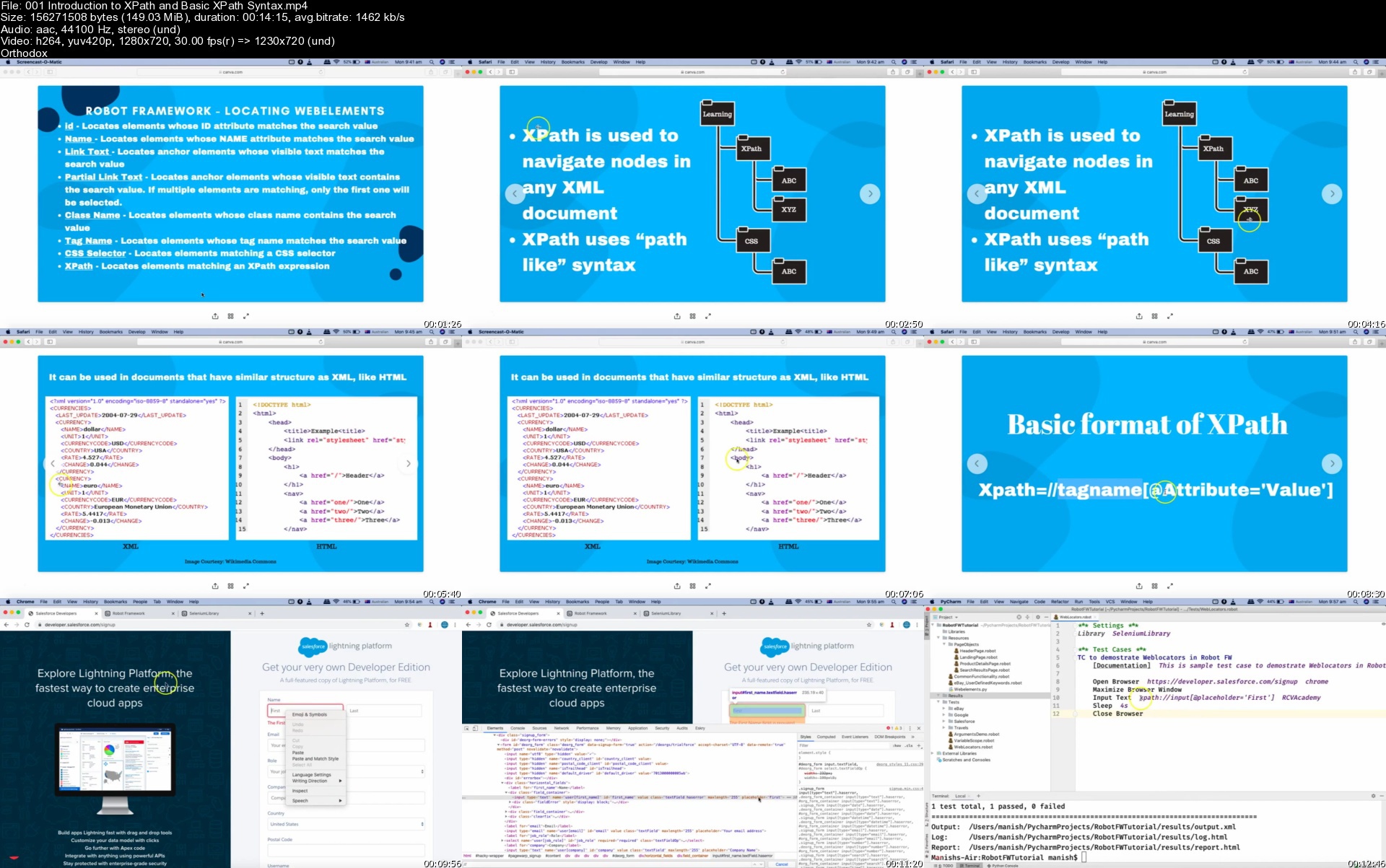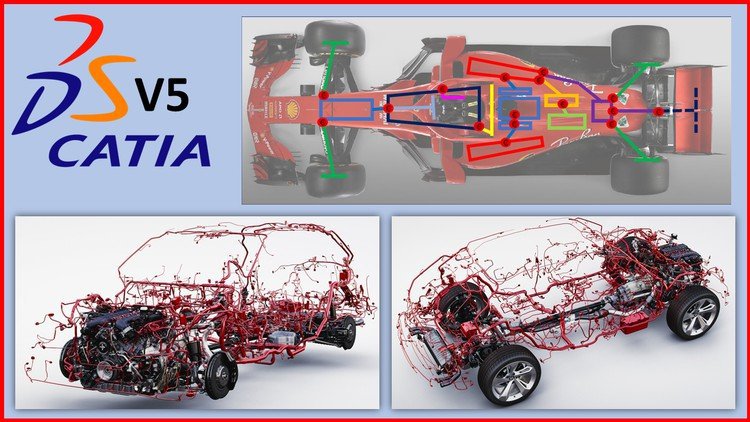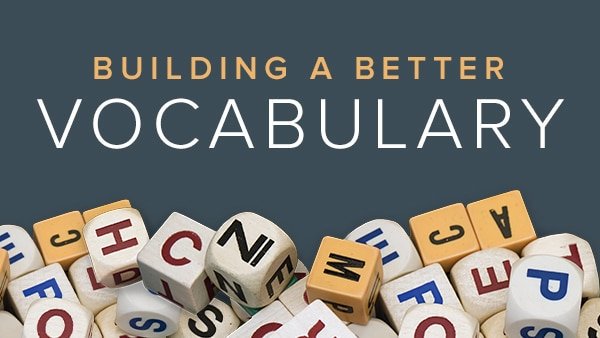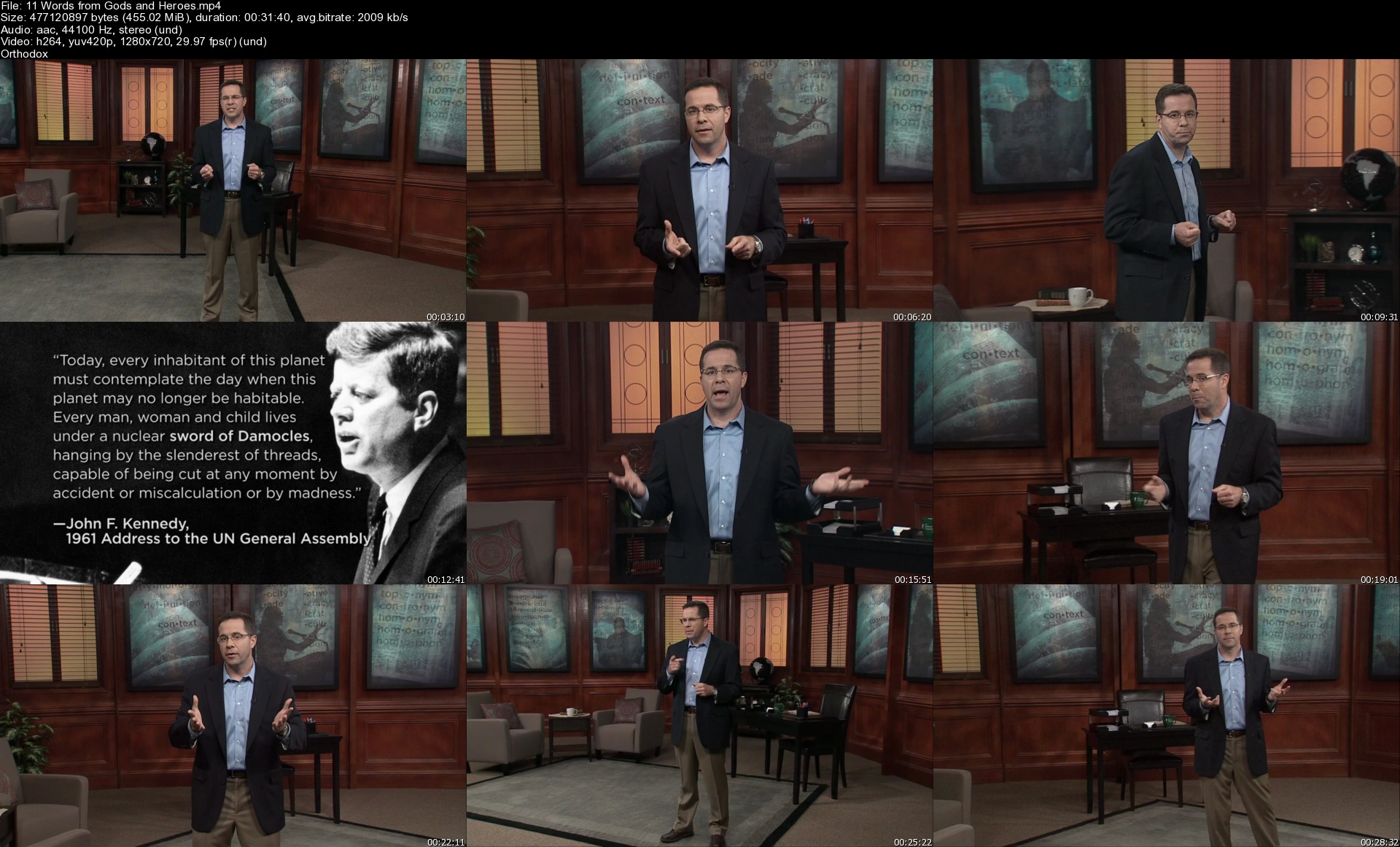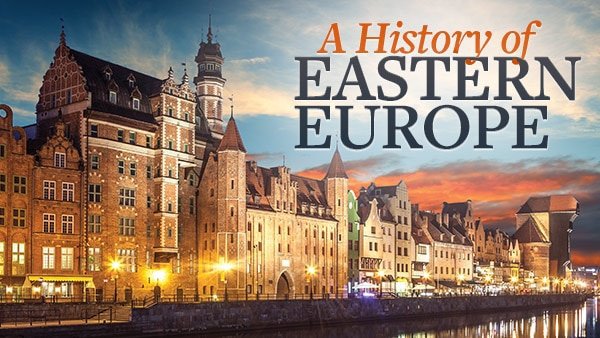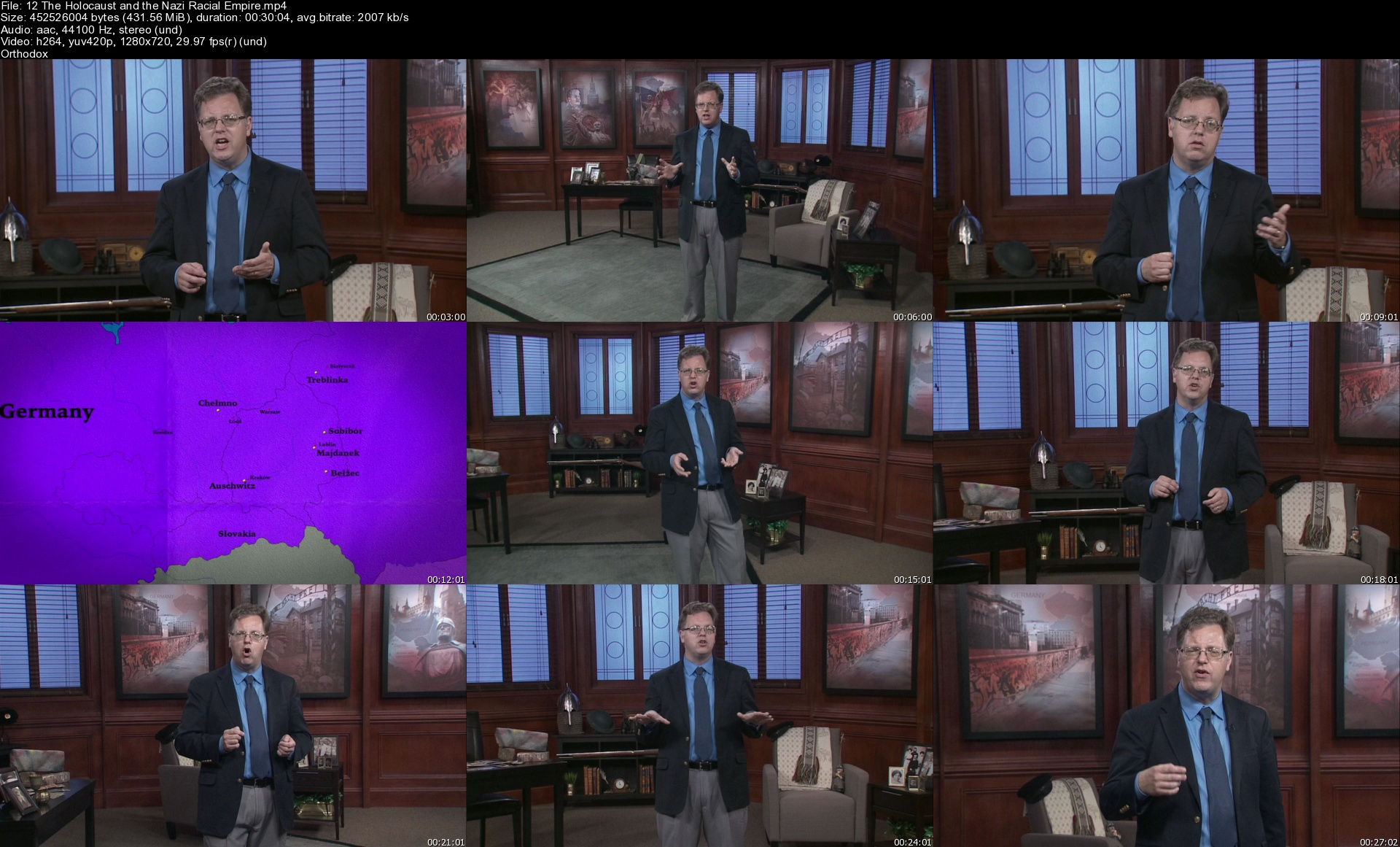TTC - The Wonders of America's State Parks

TTC - The Wonders of America's State Parks
Duration: 10h 35m | Video: .MP4 1280x720, 30 fps(r) | Audio: AAC, 44100Hz, 2ch | Size: 8.9 GB
Genre: eLearning | Language: English
Enormous mountain ranges and breathtaking gorges. Wild sea shores and lazy rivers. Ghost towns and battlefields. Pristine lakes and coral reefs. Not to mention nearly 25,000 campsites, 52,000 miles of hiking trails, over 300 marinas, and hundreds of pools and ski slopes and golf courses. Encompassing more than 18 million acres of land, America's state parks feature a variety of adventures that is nothing short of astounding.
There's so much more to America's natural wonders than the Grand Canyon and Old Faithful. In fact, if you're looking for a remarkable treasure trove of wilderness, wildlife, history, and recreation, look no further than your own backyard-within one of the more than 8,000 state parks across the United States.
Whether it's Niagara Falls in New York, Pennekamp Coral Reef in the Florida Keys, or the redwood state parks of northern California, America's state-managed lands offer something for every kind of visitor. Stopping for a day trip? Camping out for an entire week? Traveling from the comfort of your favorite armchair? No matter what your passion, sense of adventure, or budget is, you'll find a state park that suits your needs and represents a powerful lesson in America's natural and human heritage. It's one thing to read about America's story-it's another thing entirely to actually live it.
So, what's the best way to get the most out of your visit to these incredible places? There's no better person to ask than travel journalist Joe Yogerst, a writer for National Geographic Books who has spent his career exploring the amazing natural and historic landmarks on display at state parks. And in The Wonders of America's State Parks, he guides you on a riveting adventure through more than 100 state wilderness areas stretching from New England to the Pacific Northwest to the Hawaiian Islands. You'll learn how these state parks came into existence, what makes them such a special part of America's story, and how to maximize your experience, whether you're looking for historical insights, panoramic views, or a rejuvenating hike. Mr. Yogerst's 24 lectures will infuse you with the same enthusiasm he shares for these awesome natural, historical, and recreational wonders.
State Parks: Earth's "Coolest Destinations"
America's national parks are iconic for a reason, and they often get the lion's share of public attention. But many state parks emerged long before the National Park Service made it a mission to preserve and conserve America's wild spaces.
Throughout the 19th and early 20th centuries, while the federal government kept itself busy with transforming America into an industrial powerhouse, state officials took it upon themselves to establish their own parklands. Since their creation, state parks have:
Helped save the bison from complete extinction;
Preserved California's majestic, ancient coastal redwoods;
Enshrined landmarks like Abraham Lincoln's birthplace; and
Given rise to popular sports including mountain biking.
No wonder Mr. Yogerst describes spots that focus on preserving living history-places like New Hampshire's White Mountain National Forest, Maryland's Assateague State Park, Colorado's Garden Park Fossil Area, and dozens more-as "among the coolest destinations on planet Earth."
Enjoy Virtual Tours of State Parks
Whether you're planning your next family vacation or simply want to explore America from the comfort of home, The Wonders of America's State Parks offers virtual tours unlike anything you can get from a simple travel guide.
With contagious excitement and enthusiasm, Mr. Yogerst weaves history, geology, and culture to create a comprehensive overview of what you'll find in some of the nation's most incredible state-owned lands-and why they matter. In lectures that touch on everything from environmental science to geology to biology, you'll ford rivers, climb mountains, drive through deserts, and snorkel along coral reefs in different regions of the country.
Niagara Falls: Established in 1885, Niagara Falls attracts an estimated 10 million visitors each year (as much as Yosemite and Yellowstone national parks combined). The oldest state park in the United States, its falls are arrayed across a 3,400-foot stretch of the Niagara Escarpment between upstate New York and Canada's Ontario province.
The Florida Keys: Comprised of around 1,700 sandy islands, the Florida Keys encompass celebrated spots like Key West and Key Largo as well as sandbar islands like Molasses Key. Stretching 190 miles from south of Miami to the Dry Tortugas, the Florida Keys are the world's third-longest barrier reef after the ones in Australia and Belize.
The Great Lakes: Recent restoration efforts have transformed Lakes Ontario, Erie, Huron, Michigan, and Superior into can't-miss state parks that will deepen your appreciation for these geographical marvels. Formed by glaciation during the ice age, the Great Lakes are home to spots including the iconic Mackinac Island State Park.
The Alaskan Frontier: Despite being home to astonishing national parks, America's "last frontier" also contains more than 120 state parks-most of which are unspoiled and uncrowded. Alaska state parks are home to everything from glaciers and tundra to grizzly bears and caribou to relics from the legendary gold rush days.
The Mississippi River: Stretching from Minnesota to the Gulf of Mexico, the Mississippi River is a 2,320-mile waterway that flows right through the American heartland. Interestingly, very little of the river falls within the boundaries of federal parks. Rather, the majority of its landmarks are found at state parks including Fort Snelling State Park.
For every state park highlighted in this course, you'll get a list of some of the top things to see and do. Among the many fascinating spots Mr. Yogerst explores are:
The Old Man of the Mountain Memorial at Franconia Notch State Park, a roadside stop that helps visitors imagine a much-beloved rock formation that crumbled in 2003;
Beaming Barney at Barnegat Lighthouse State Park, a towering red-and-white coastal lighthouse erected in 1859 that offers panoramic views of the Jersey Shore;
The Porcupine Mountains at Porcupine Mountains Wilderness State Park, dubbed by the indigenous Ojibwa people for their resemblance to a crouching porcupine; and
Fort Adams in Rhode Island, a massive masonry bastion constructed after the War of 1812 to protect the United States's Eastern Seaboard from future attacks.
Get a Wealth of Helpful Tips and Recommendations
Overwhelmed by the possibilities that await you at America's great state parks? Mr. Yogerst's lectures are the perfect way to organize a future trip. Not only does he provide you with a wealth of historical background, he also includes his own tips and recommendations on what to see-and how to see it.
For example, while Mr. Yogerst doesn't normally recommend a specific route through a state park, he does suggest you start your visit to the Adirondacks with a drive along State Route 28 through the Upper Hudson Valley for a better look at its gorgeous rivers and lakes. And when visiting the five state parks in the Tidewater region, he suggests renting a car and driving in a circle starting from Assateague Island and ending at Yorktown.
Of course, Mr. Yogerst has his own list of personal favorite parks and sites for you to consider. Chief among them: the little-known and least-visited Garden Park Fossil Area in the Colorado Rockies, which is one of the world's great dinosaur graveyards.
Embark on a National Treasure Hunt
An added benefit of The Wonders of America's State Parks: You'll get so much more engagement than you would from a pamphlet or brochure. Every lecture comes complete with detailed maps and guides designed specifically for this course-not to mention captivating photographs that capture the astounding beauty of the American landscape.
Whether you're preparing for your next vacation or just want to explore the world alongside an expert travel writer, these lectures are a window into the astounding variety of natural, historical, and recreational treasures right in our nation's backyard.
Homepage
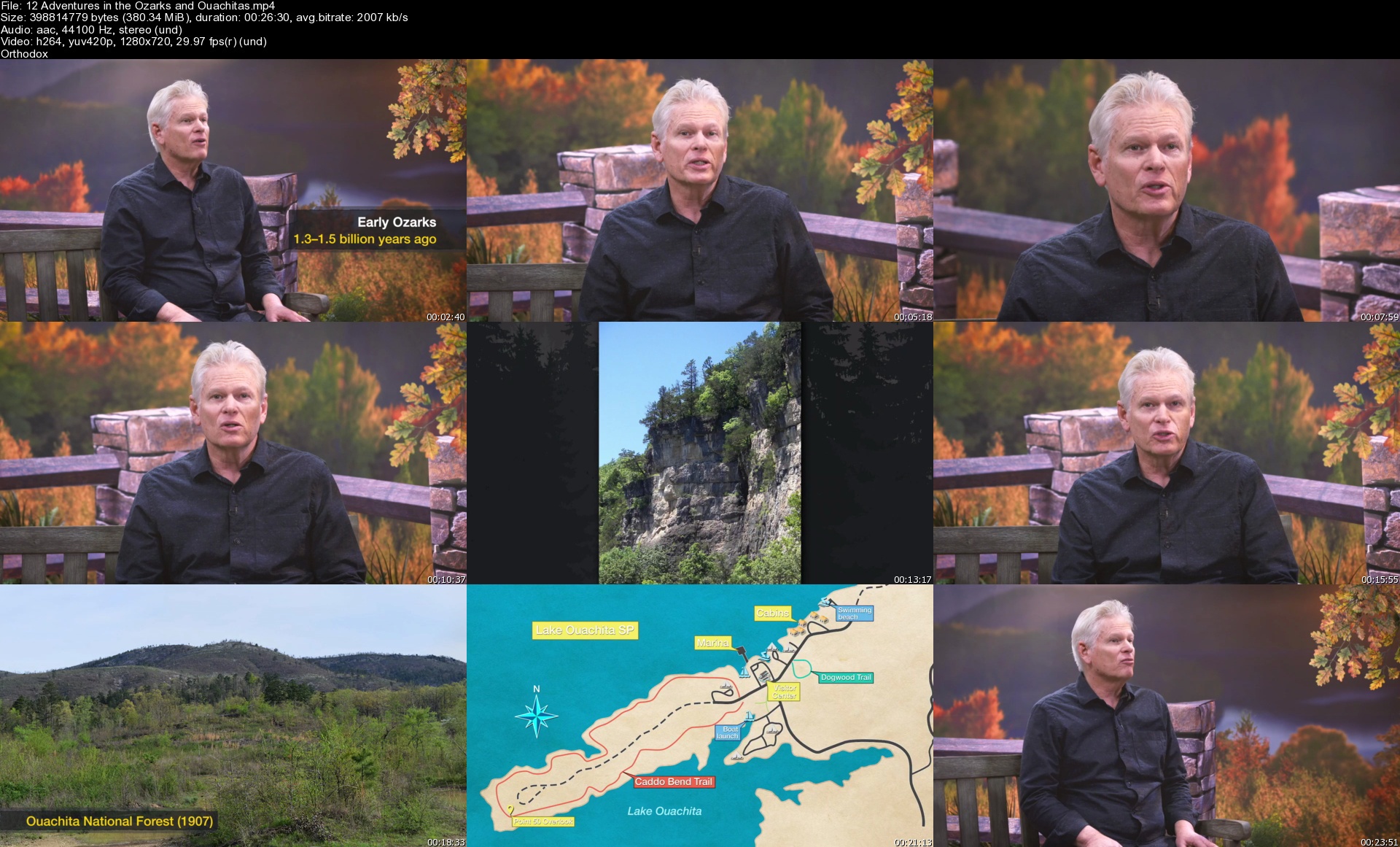

TTC - The Wonders of America's State Parks
Duration: 10h 35m | Video: .MP4 1280x720, 30 fps(r) | Audio: AAC, 44100Hz, 2ch | Size: 8.9 GB
Genre: eLearning | Language: English
Enormous mountain ranges and breathtaking gorges. Wild sea shores and lazy rivers. Ghost towns and battlefields. Pristine lakes and coral reefs. Not to mention nearly 25,000 campsites, 52,000 miles of hiking trails, over 300 marinas, and hundreds of pools and ski slopes and golf courses. Encompassing more than 18 million acres of land, America's state parks feature a variety of adventures that is nothing short of astounding.
There's so much more to America's natural wonders than the Grand Canyon and Old Faithful. In fact, if you're looking for a remarkable treasure trove of wilderness, wildlife, history, and recreation, look no further than your own backyard-within one of the more than 8,000 state parks across the United States.
Whether it's Niagara Falls in New York, Pennekamp Coral Reef in the Florida Keys, or the redwood state parks of northern California, America's state-managed lands offer something for every kind of visitor. Stopping for a day trip? Camping out for an entire week? Traveling from the comfort of your favorite armchair? No matter what your passion, sense of adventure, or budget is, you'll find a state park that suits your needs and represents a powerful lesson in America's natural and human heritage. It's one thing to read about America's story-it's another thing entirely to actually live it.
So, what's the best way to get the most out of your visit to these incredible places? There's no better person to ask than travel journalist Joe Yogerst, a writer for National Geographic Books who has spent his career exploring the amazing natural and historic landmarks on display at state parks. And in The Wonders of America's State Parks, he guides you on a riveting adventure through more than 100 state wilderness areas stretching from New England to the Pacific Northwest to the Hawaiian Islands. You'll learn how these state parks came into existence, what makes them such a special part of America's story, and how to maximize your experience, whether you're looking for historical insights, panoramic views, or a rejuvenating hike. Mr. Yogerst's 24 lectures will infuse you with the same enthusiasm he shares for these awesome natural, historical, and recreational wonders.
State Parks: Earth's "Coolest Destinations"
America's national parks are iconic for a reason, and they often get the lion's share of public attention. But many state parks emerged long before the National Park Service made it a mission to preserve and conserve America's wild spaces.
Throughout the 19th and early 20th centuries, while the federal government kept itself busy with transforming America into an industrial powerhouse, state officials took it upon themselves to establish their own parklands. Since their creation, state parks have:
Helped save the bison from complete extinction;
Preserved California's majestic, ancient coastal redwoods;
Enshrined landmarks like Abraham Lincoln's birthplace; and
Given rise to popular sports including mountain biking.
No wonder Mr. Yogerst describes spots that focus on preserving living history-places like New Hampshire's White Mountain National Forest, Maryland's Assateague State Park, Colorado's Garden Park Fossil Area, and dozens more-as "among the coolest destinations on planet Earth."
Enjoy Virtual Tours of State Parks
Whether you're planning your next family vacation or simply want to explore America from the comfort of home, The Wonders of America's State Parks offers virtual tours unlike anything you can get from a simple travel guide.
With contagious excitement and enthusiasm, Mr. Yogerst weaves history, geology, and culture to create a comprehensive overview of what you'll find in some of the nation's most incredible state-owned lands-and why they matter. In lectures that touch on everything from environmental science to geology to biology, you'll ford rivers, climb mountains, drive through deserts, and snorkel along coral reefs in different regions of the country.
Niagara Falls: Established in 1885, Niagara Falls attracts an estimated 10 million visitors each year (as much as Yosemite and Yellowstone national parks combined). The oldest state park in the United States, its falls are arrayed across a 3,400-foot stretch of the Niagara Escarpment between upstate New York and Canada's Ontario province.
The Florida Keys: Comprised of around 1,700 sandy islands, the Florida Keys encompass celebrated spots like Key West and Key Largo as well as sandbar islands like Molasses Key. Stretching 190 miles from south of Miami to the Dry Tortugas, the Florida Keys are the world's third-longest barrier reef after the ones in Australia and Belize.
The Great Lakes: Recent restoration efforts have transformed Lakes Ontario, Erie, Huron, Michigan, and Superior into can't-miss state parks that will deepen your appreciation for these geographical marvels. Formed by glaciation during the ice age, the Great Lakes are home to spots including the iconic Mackinac Island State Park.
The Alaskan Frontier: Despite being home to astonishing national parks, America's "last frontier" also contains more than 120 state parks-most of which are unspoiled and uncrowded. Alaska state parks are home to everything from glaciers and tundra to grizzly bears and caribou to relics from the legendary gold rush days.
The Mississippi River: Stretching from Minnesota to the Gulf of Mexico, the Mississippi River is a 2,320-mile waterway that flows right through the American heartland. Interestingly, very little of the river falls within the boundaries of federal parks. Rather, the majority of its landmarks are found at state parks including Fort Snelling State Park.
For every state park highlighted in this course, you'll get a list of some of the top things to see and do. Among the many fascinating spots Mr. Yogerst explores are:
The Old Man of the Mountain Memorial at Franconia Notch State Park, a roadside stop that helps visitors imagine a much-beloved rock formation that crumbled in 2003;
Beaming Barney at Barnegat Lighthouse State Park, a towering red-and-white coastal lighthouse erected in 1859 that offers panoramic views of the Jersey Shore;
The Porcupine Mountains at Porcupine Mountains Wilderness State Park, dubbed by the indigenous Ojibwa people for their resemblance to a crouching porcupine; and
Fort Adams in Rhode Island, a massive masonry bastion constructed after the War of 1812 to protect the United States's Eastern Seaboard from future attacks.
Get a Wealth of Helpful Tips and Recommendations
Overwhelmed by the possibilities that await you at America's great state parks? Mr. Yogerst's lectures are the perfect way to organize a future trip. Not only does he provide you with a wealth of historical background, he also includes his own tips and recommendations on what to see-and how to see it.
For example, while Mr. Yogerst doesn't normally recommend a specific route through a state park, he does suggest you start your visit to the Adirondacks with a drive along State Route 28 through the Upper Hudson Valley for a better look at its gorgeous rivers and lakes. And when visiting the five state parks in the Tidewater region, he suggests renting a car and driving in a circle starting from Assateague Island and ending at Yorktown.
Of course, Mr. Yogerst has his own list of personal favorite parks and sites for you to consider. Chief among them: the little-known and least-visited Garden Park Fossil Area in the Colorado Rockies, which is one of the world's great dinosaur graveyards.
Embark on a National Treasure Hunt
An added benefit of The Wonders of America's State Parks: You'll get so much more engagement than you would from a pamphlet or brochure. Every lecture comes complete with detailed maps and guides designed specifically for this course-not to mention captivating photographs that capture the astounding beauty of the American landscape.
Whether you're preparing for your next vacation or just want to explore the world alongside an expert travel writer, these lectures are a window into the astounding variety of natural, historical, and recreational treasures right in our nation's backyard.
Homepage









